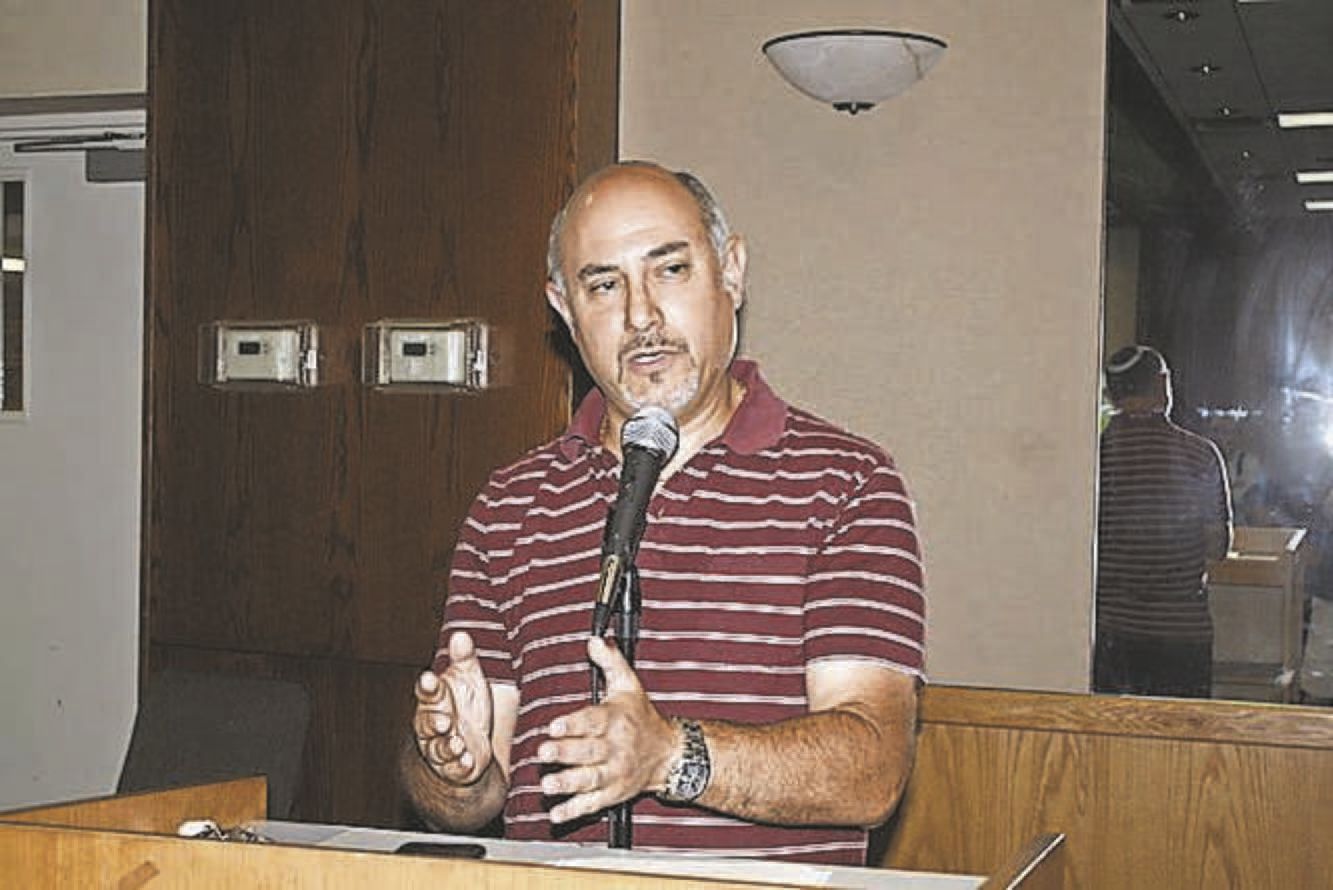By Steve Guggenheim
“Why do you want to go?”
“It’s someplace I don’t want to go to, but need to go to.”
That was the conversation between Beth El Synagogue Cantor Larry Brandspiegel and his mother ahead of his recent trip to Poland, the country his parents emigrated from.
Brandspiegel and his wife Laura were part of a group sponsored by the Jewish group Ramah that went to Poland this summer that visited several of the country’s notorious concentration camps. The cantor told a group at the East Windsor synagogue that it was a place he needed to see even though he would not be able to go to his ancestral home. He had to see Poland partly because of his roots, but also as a Jewish educator to be able to teach others about what happened during the Holocaust.
It was a very emotional trip not just for him, but for all those who went. When getting off the plane in Warsaw he hesitated to actually put his foot down on Polish soil because emotionally it hit everyone this it the land where millions were killed.
Jews came to Poland in the 10th century. The name Poland means place to rest and this is what they needed at the time . . . a place to get away from problems they experienced in other countries. From what was a large and thriving Jewish community in the centuries that followed is far different today, with only three active synagogues and just 4,000 Jews.
In Warsaw the group visited a synagogue and then a thriving kosher restaurant. Surprised to see such a restaurant the owner told him virtually all who eat there are Jewish tourists.
One of the early excursions was to the Heroes Trail, which is part of the ghetto where Jews lived and were rounded up. The canot said it was extremely emotional to touch the parts of the wall that are still standing that surrounded the area.
The second day took them to Tykocin, Poland, where they visited a second century synagogue that is being restored by local art students. Brandspiegel said in every synagogue they visited they prayed andfelt God was with them in each religious institution.
In one of the most emotional times of an extremely emotional trip, the group walked to a courtyard where Jews were rounded up. They followed the trail where Jews were marched. They came to an open field which was a destroyed Jewish cemetery and continued walking to the forest on the other side. The Beth El Cantor says this is where all of those on the forced march were stopped and slaughtered – 3,000 adults and 1,000 children. The forest has thousands of trees and he says each one represents a life that was taken there.
Another day took them to the concentration camp Treblinka. The group saw a field with train tracks that were rebuilt to show how the Jews were transported there. Brandspiegel said there are 17,000 stones, each one indicating a town where people came from. Unlike other camps there were no barracks for people to live. Treblinka was a place for killing. They came, they were slaughtered.
At another camp, Majdanek, the group saw large storage centerr: one filled with hair, another with shoes, another for jewelry and still others, all taken from the people who were killed. And they saw the crematorium. To say it was emotional is an understatement, according to Brandspiegel. It was just draining, which he says does not even properly describe the emotions and feeling experienced on seeing the camp.
The final camp was Auschwitz, which actually is divided into three facilities. Visitors must have an appointment and guide to be allowed in. The group saw the steel doors where biological experiments were conducted; two tons of hair collected from the victims; rows of holes next to each other where people went to the bathroom as the officials took more and more of the dignity away from the people; and where people took their final steps on the way to Hitler’s final solution.
The cantor said tears flowed throughout the trip as emotions frequently came to the surface, but not everything was so draining. The group met a woman who was honored by the Israeli government for helping save many Jews; she hid them in her barn. They visited the factory where Oskar Schindler was able to help a lot of people survive and emigrate. They saw a Jewish community center that is thriving with 400 members. They visited a Jewish preschool. They danced and sang and laughed as people joined an impromptu celebration.
Brandspiegel said it was important to go to Poland so that one really understands what happened when one says, “never again.”

